

KENNESAW, Ga. | Mar 31, 2021
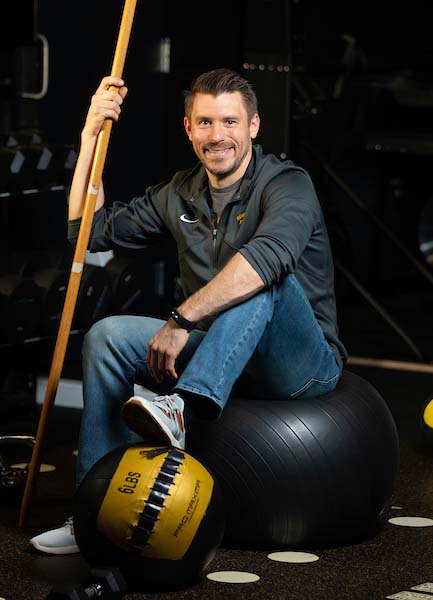
Kennesaw State University’s Office of Research is hosting a one-hour web show every other Friday at 4 p.m. to showcase the varied research being conducted by KSU faculty members. “Research with Relevance” spotlights Kennesaw State researchers in a live interview followed by an interactive question-and-answer session with the virtual audience.
Brian Kliszczewicz, associate professor of exercise science in the Wellstar College of Health and Human Services, will be the guest on the April 2 show, presenting his research on the role of high-intensity exercise in Type-2 diabetes treatment and prevention. Before the presentation, Kliszczewicz answered a few questions about his interest in research and its benefits to students.
How did you first get involved in this field of research?
Interestingly, I did not begin this line of research until my dissertation project. Prior to getting involved with high-intensity exercise I was working in the Exercise and Cardioprotection Lab at Auburn, which examined transient cardiac ischemic events in small animal models and the influences of exercise. Here I learned a great deal about the biochemical pathways to tissue injury as well as remodeling and protection, but I jumped at the opportunity to work with a project on CrossFit at my advisor's urging. Though I was already performing research, it was not until I was given a leadership role in this initial CrossFit study that I realized I wanted to become a researcher.
Who has influenced you, either as an instructor or as a researcher?
My two greatest influences were two of my doctoral mentors at Auburn, Dr. John C. Quindry and Dr. Michael R. Esco. The work performed with Dr. Quindry provided me a great deal of experience with biochemical research, which led to my role as KSU’s Exercise Science Biomarker Lab coordinator, and strengthened my research. Dr. Esco provided me the initial opportunity to perform research on high-intensity exercise and introduced me to heart rate variability (HRV) exercise, which is an area of specialty for me.
What was the defining (or ‘aha’) moment when you realized this is what you wanted to do?
I was listening to other students and professionals regarding CrossFit as a potentially harmful exercise program, even jokingly referring to a “drink the Kool-Aid” mentality. To me this struck me as odd, considering one of the biggest issues we have in the exercise industry is engaging participants and retaining them. To me I saw the CrossFit framework as a potential gateway to engage sedentary or even at-risk populations, which led to my current line of research.
In what ways has KSU supported your research?
KSU has been overwhelmingly supportive of my research. Since I began in 2013, I have been the recipient of two grants from the Office of the Vice President for Research and three Dean’s professional development grants. In addition, our department was given a new biomarker lab with top-of-the-line equipment to further our research agenda. I was also given a teaching workload that was conducive to pursuing a high level of research activity. If this was not enough, KSU paid for me and a few of our faculty members to be trained in phlebotomy to make our research more independent. Lastly, and perhaps most importantly, I was given the opportunity to take part in the Summer Research Fellows program which bought out our summer teaching and provided us with the much-needed guidance for grant writing.
How have you seen students benefit from being involved in your research efforts?
A cornerstone of research at KSU is student involvement. From the beginning of my time here at KSU students have been a major part of my research, including assisting with project development, data collection, biomarker collection and analysis, presentations and manuscript writing. I have approximately 30 peer-reviewed publications involving either student authorship (four of which have a student as first author) and over 47 presentations with student authorship. Additionally, two of my former master’s students have gone on to seek doctoral degrees in our field.
What do you hope students learn from you in the classroom?
For undergraduate students I want them to see the body’s systems as a whole, and not to compartmentalize major components of the body. I want them to see beyond the chapters describing systems independently, to see that each system’s influence on the others, and that A to B thinking won’t always apply. I want my graduate students to learn that textbooks are written based on research performed in labs like ours. The current understandings of human physiology are only to the best of our knowledge and are subject to change.
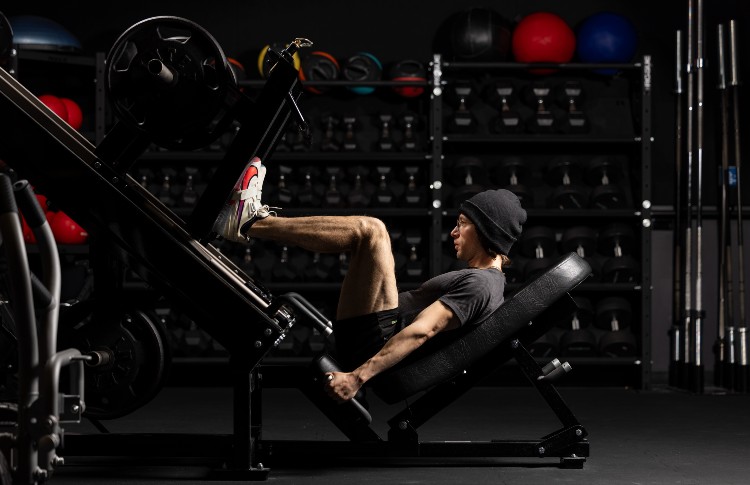
Avid weightlifter leverages exercise science interest into impactful research
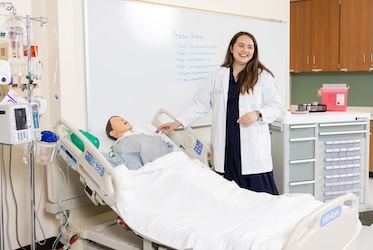
Nursing graduate returns to KSU for master's, teaching opportunities
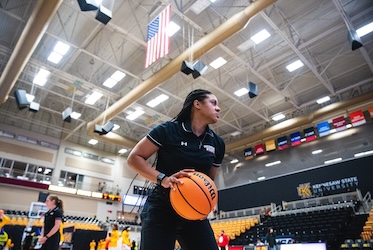
Former SGA president thrives in player development role for Georgia State women's hoops
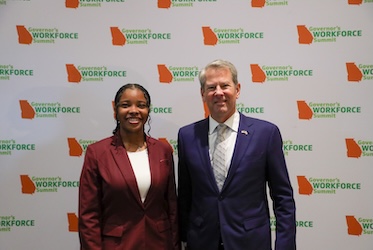
KSU nursing student shares perspective at Governor's Workforce Summit
A leader in innovative teaching and learning, Kennesaw State University offers undergraduate, graduate, and doctoral degrees to its more than 51,000 students. Kennesaw State is a member of the University System of Georgia with 11 academic colleges. The university's vibrant campus culture, diverse population, strong global ties, and entrepreneurial spirit draw students from throughout the country and the world. Kennesaw State is a Carnegie-designated doctoral research institution (R2), placing it among an elite group of only 8 percent of U.S. colleges and universities with an R1 or R2 status. For more information, visit kennesaw.edu.